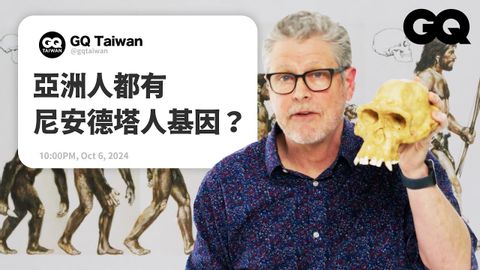古人類學家解答網路疑問!《冰原歷險記》超符合史實?古人類的人緣比你好? (古人類學家解答網路疑問!《冰原歷險記》超符合史實?古人類的人緣比你好?穴居人其實不愛住洞穴|名人專業問答|GQ Taiwan)
Watson Hsiao が 2024 年 10 月 09 日 に投稿  この条件に一致する単語はありません
この条件に一致する単語はありませんUS /məˈtɪriəl/
・
UK /məˈtɪəriəl/
- n. (c./u.)衣料;原材料;原料
- adj.関連な,重要な;世俗的な : 物質的な : 物質でできた
- v.i.(ある方向へ)徐々に進む : 向かう
- v.t.世話をする : 面倒を見る
- v.t./i.~する傾向がある
US /ˈækjərɪt/
・
UK /ˈækjərət/
エネルギーを使用
すべての単語を解除
発音・解説・フィルター機能を解除
